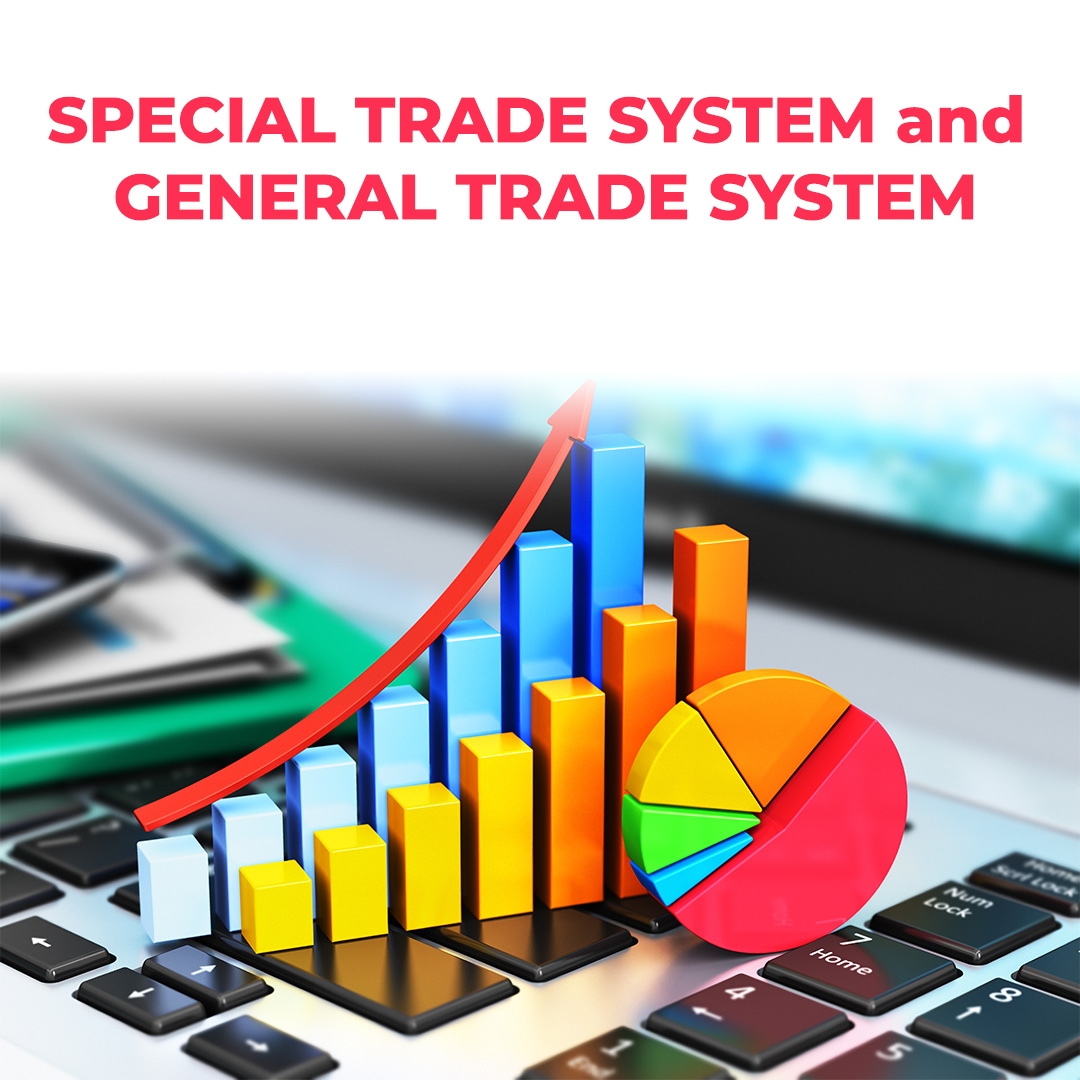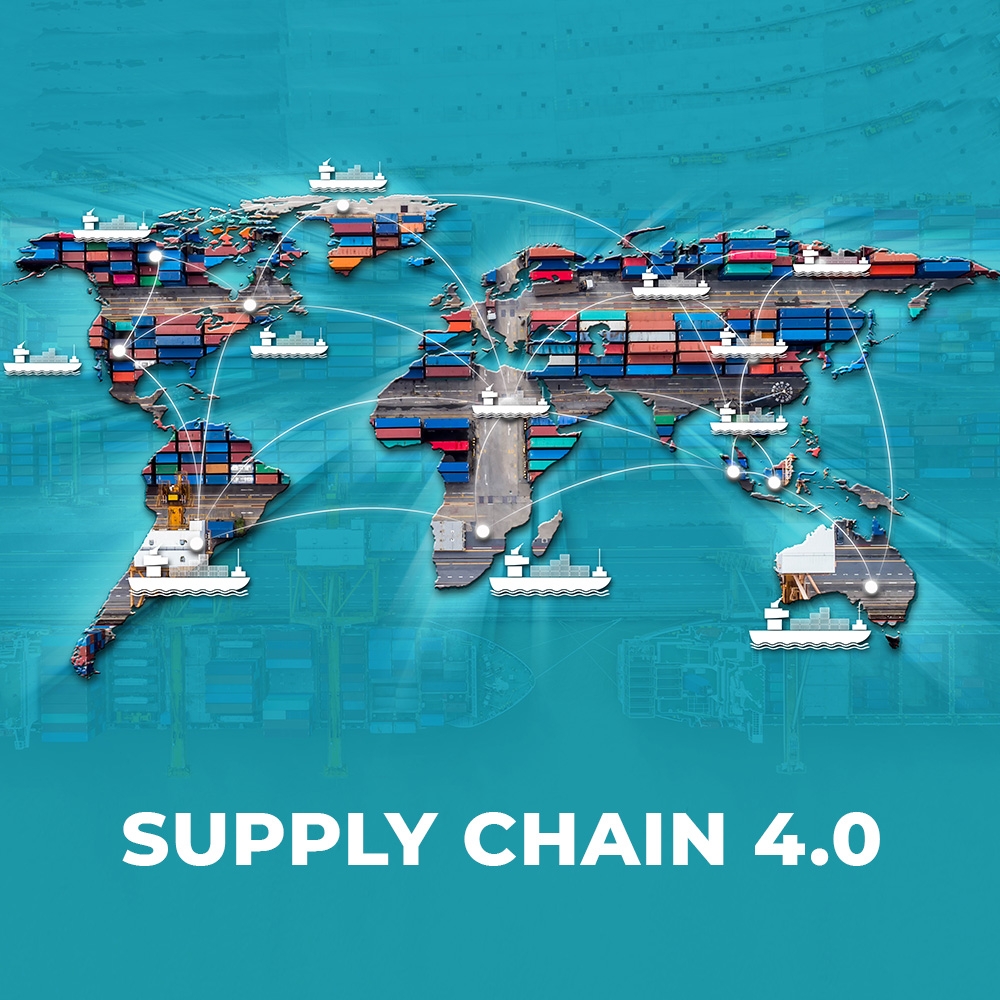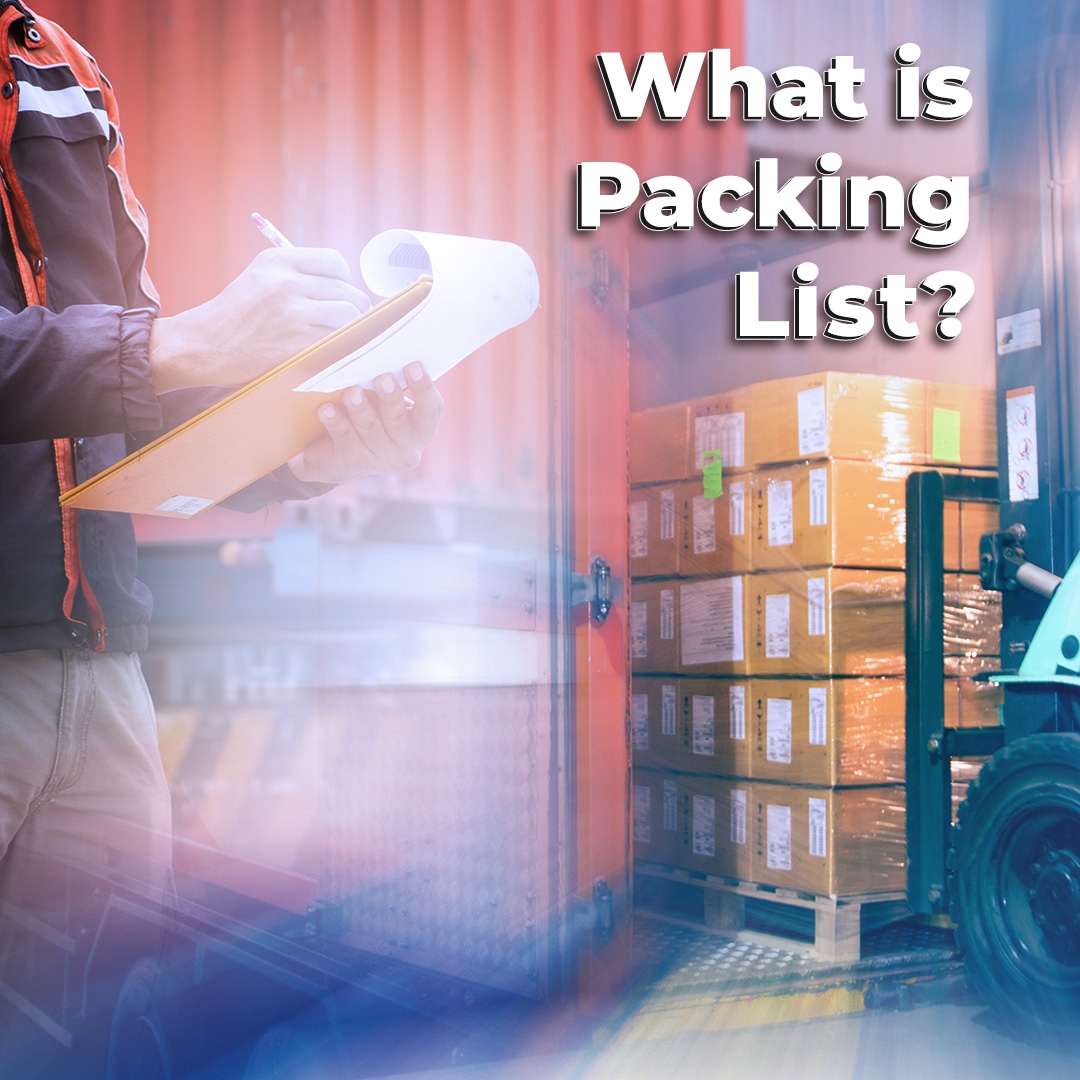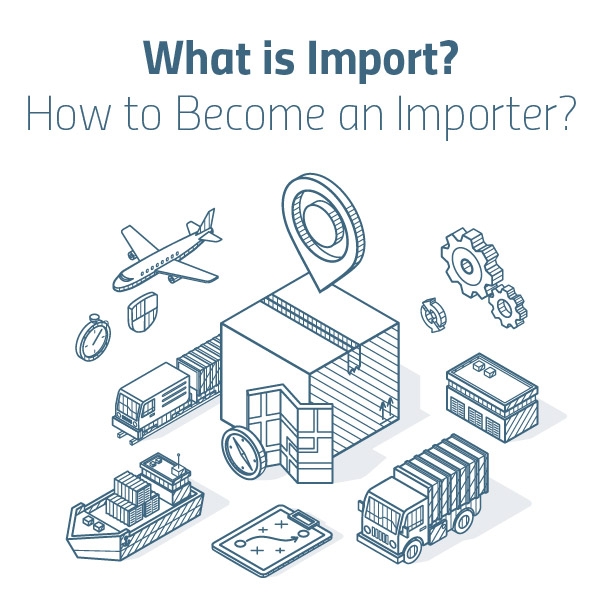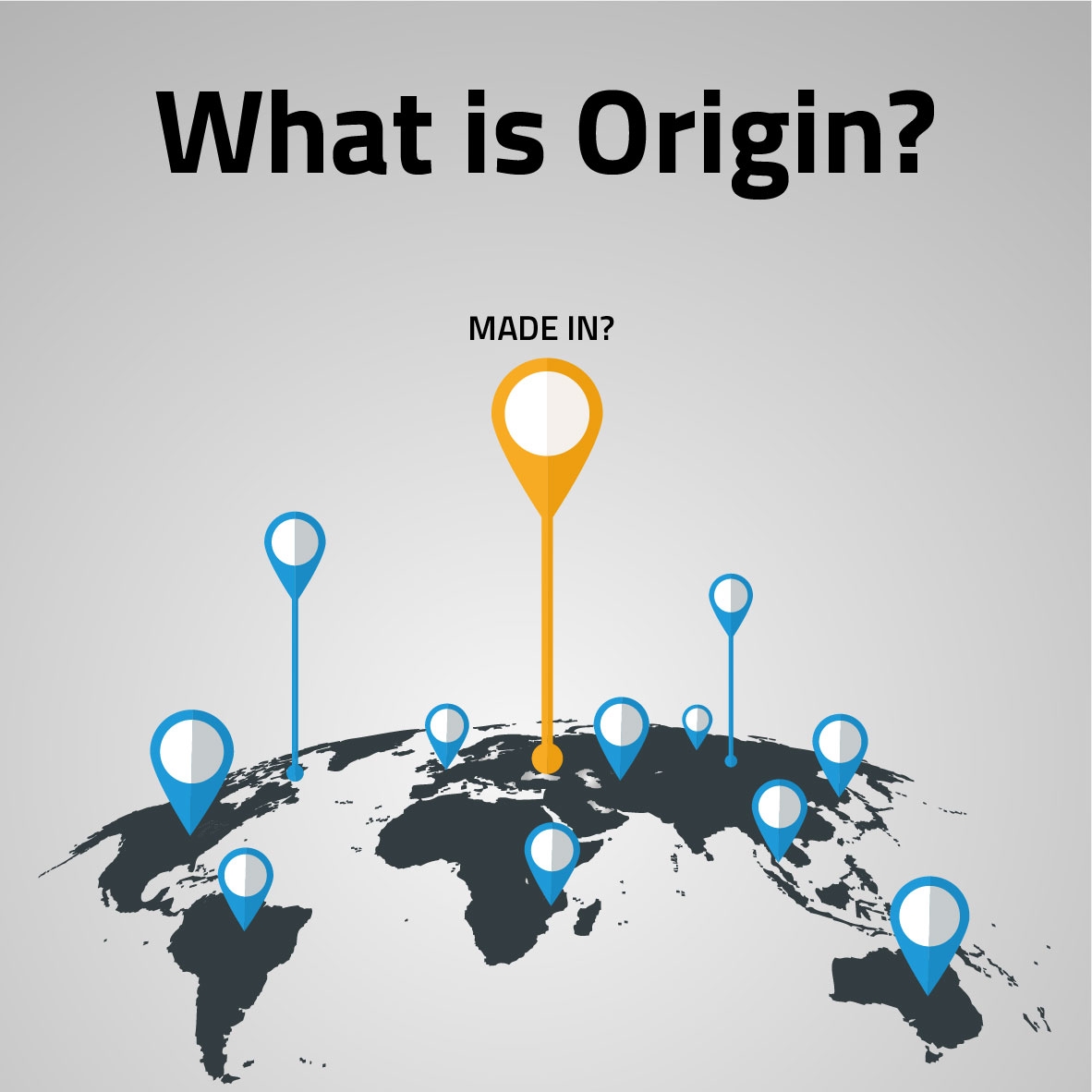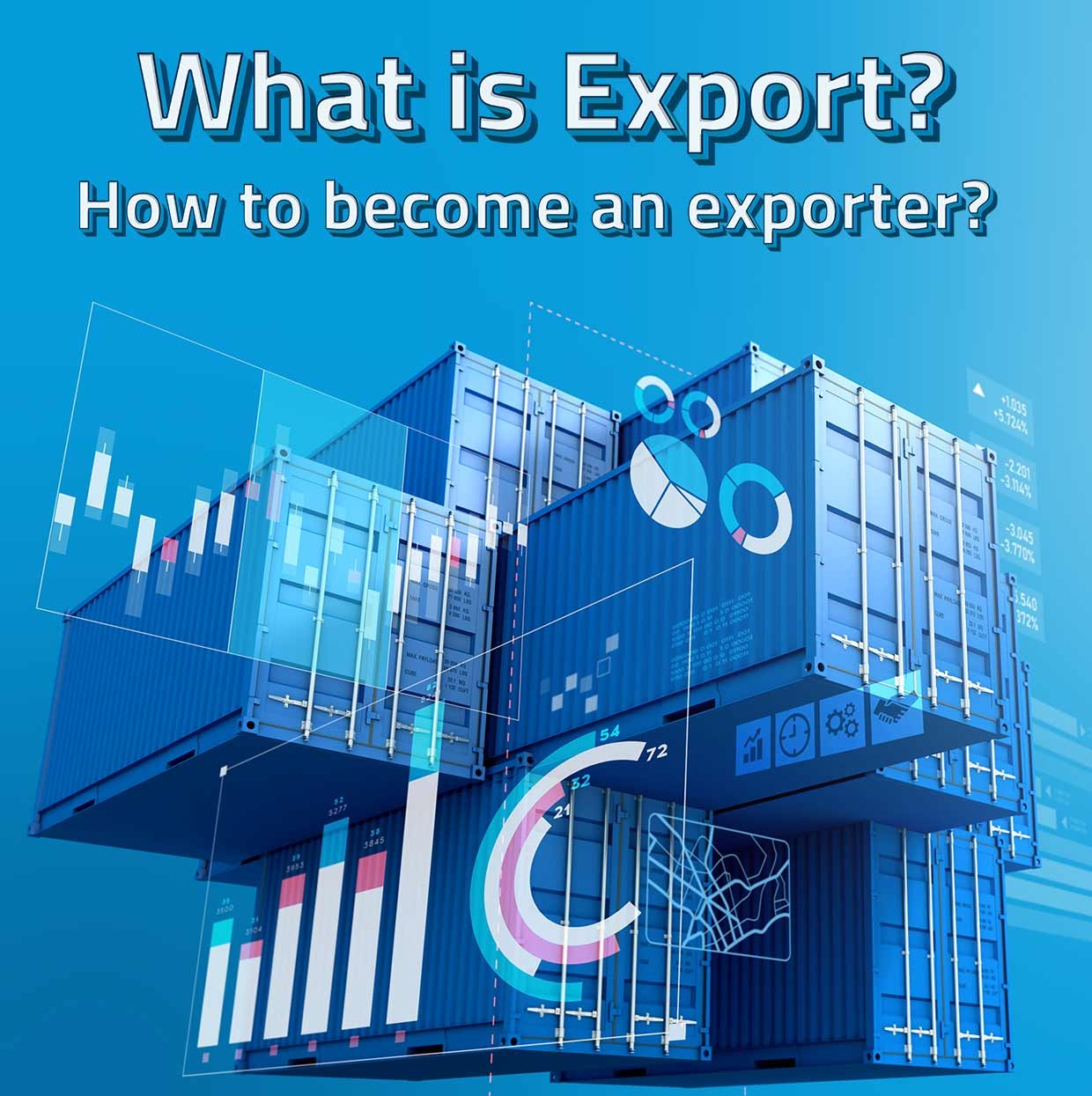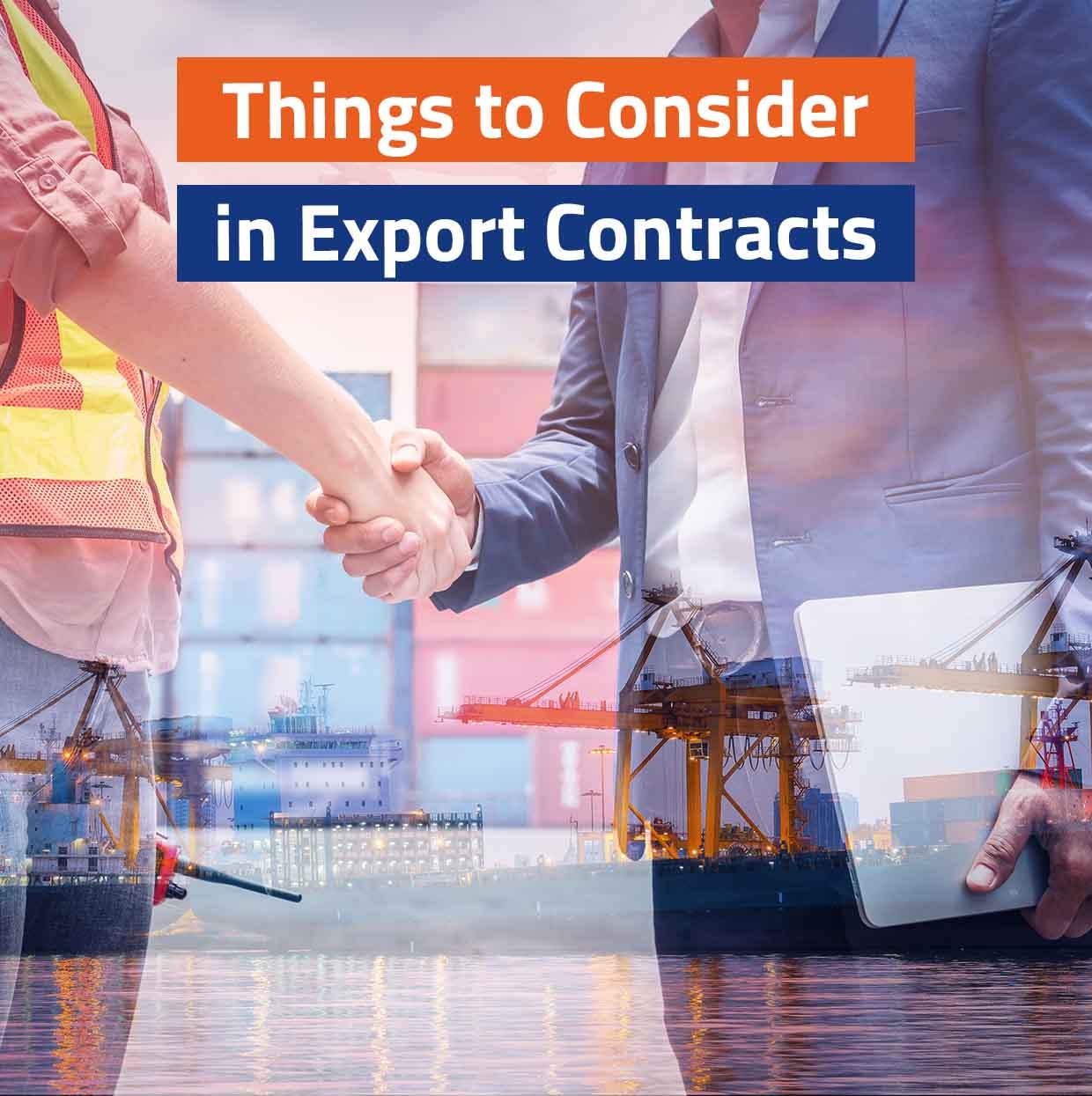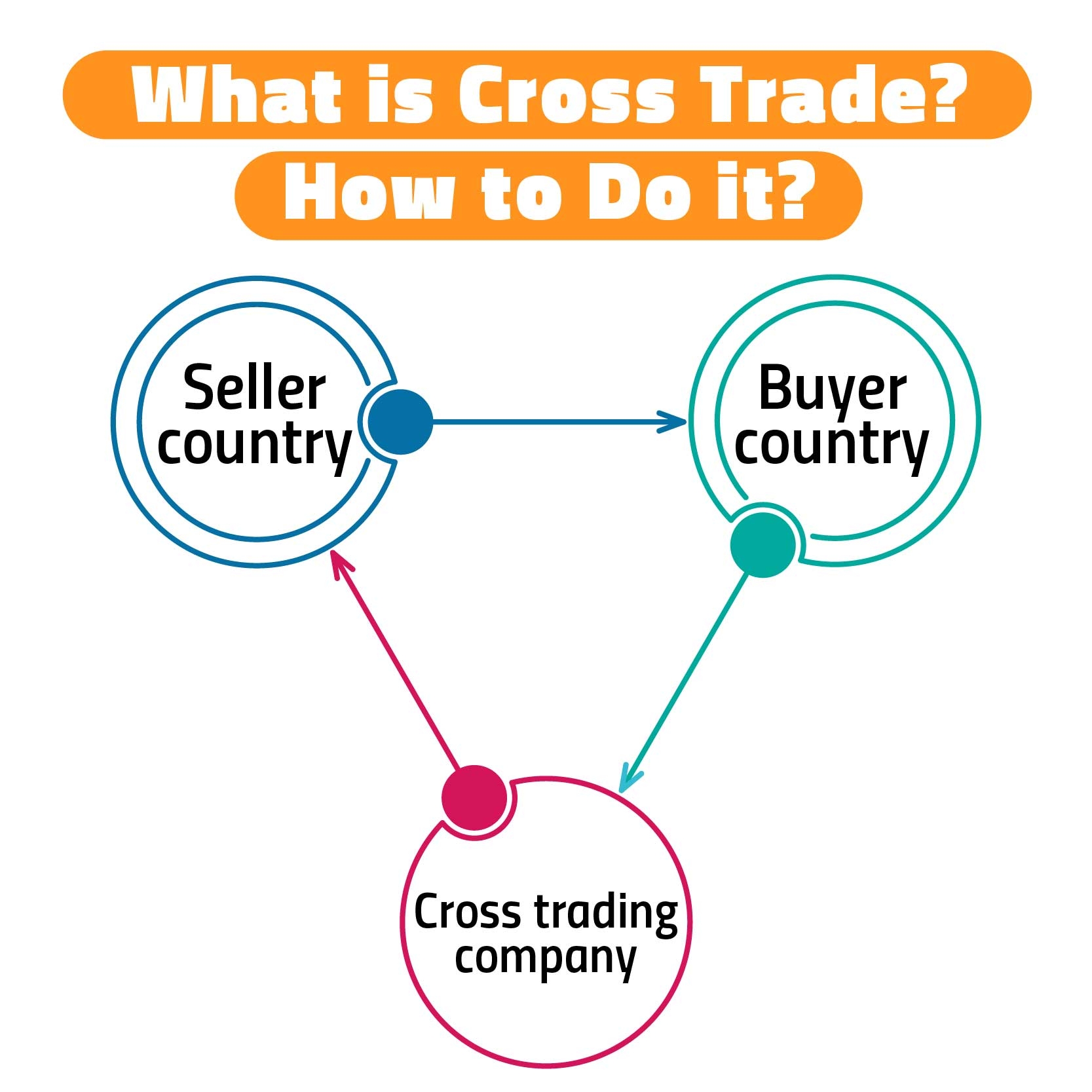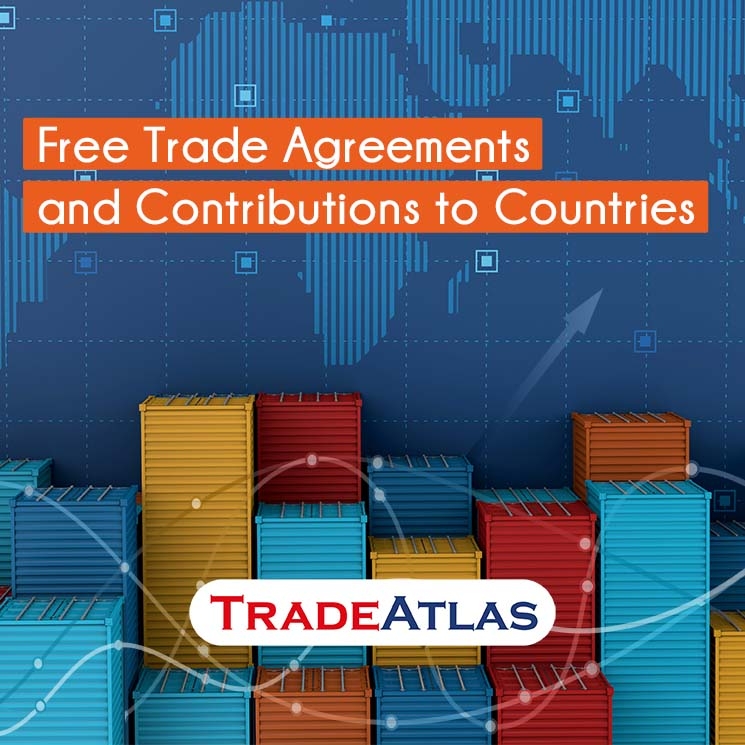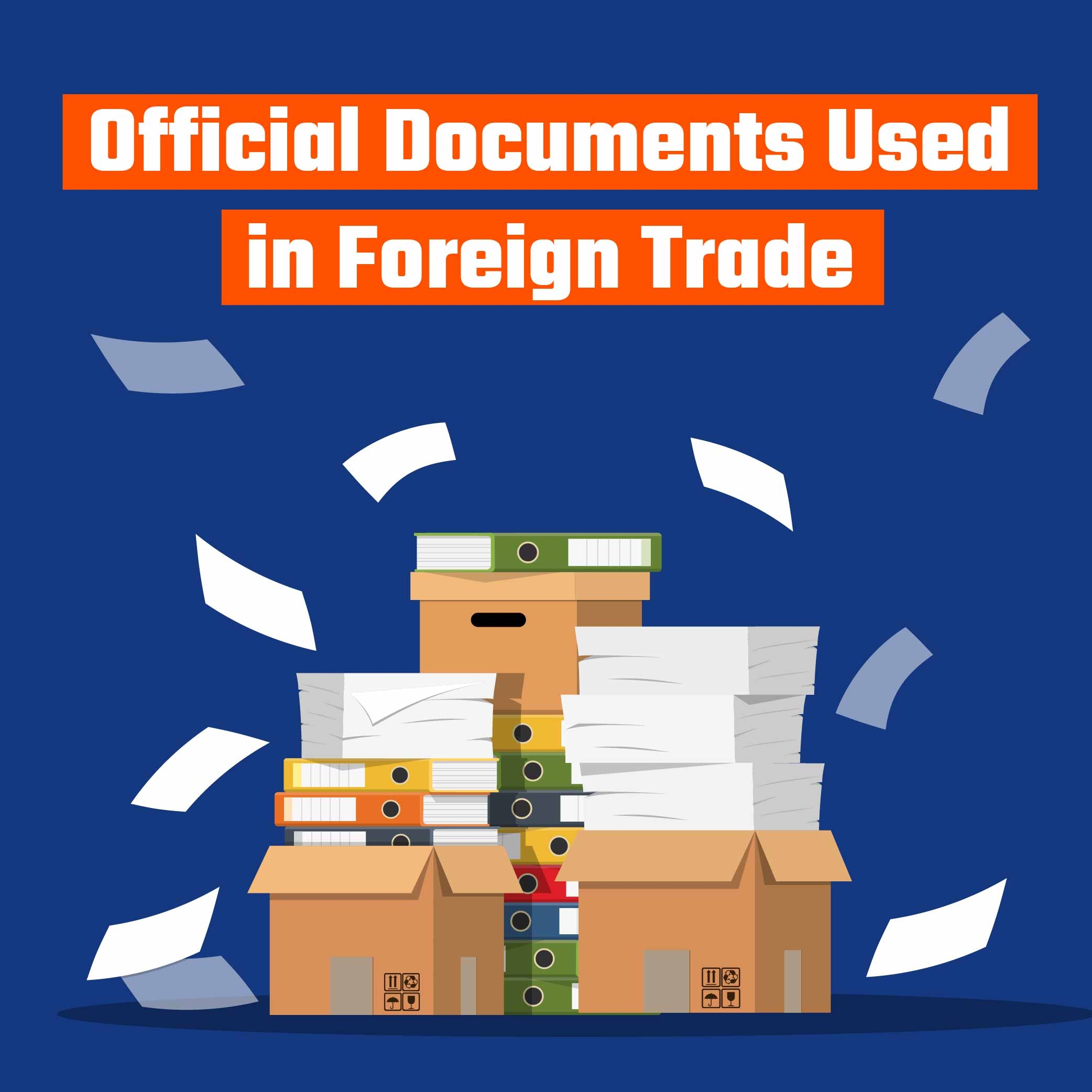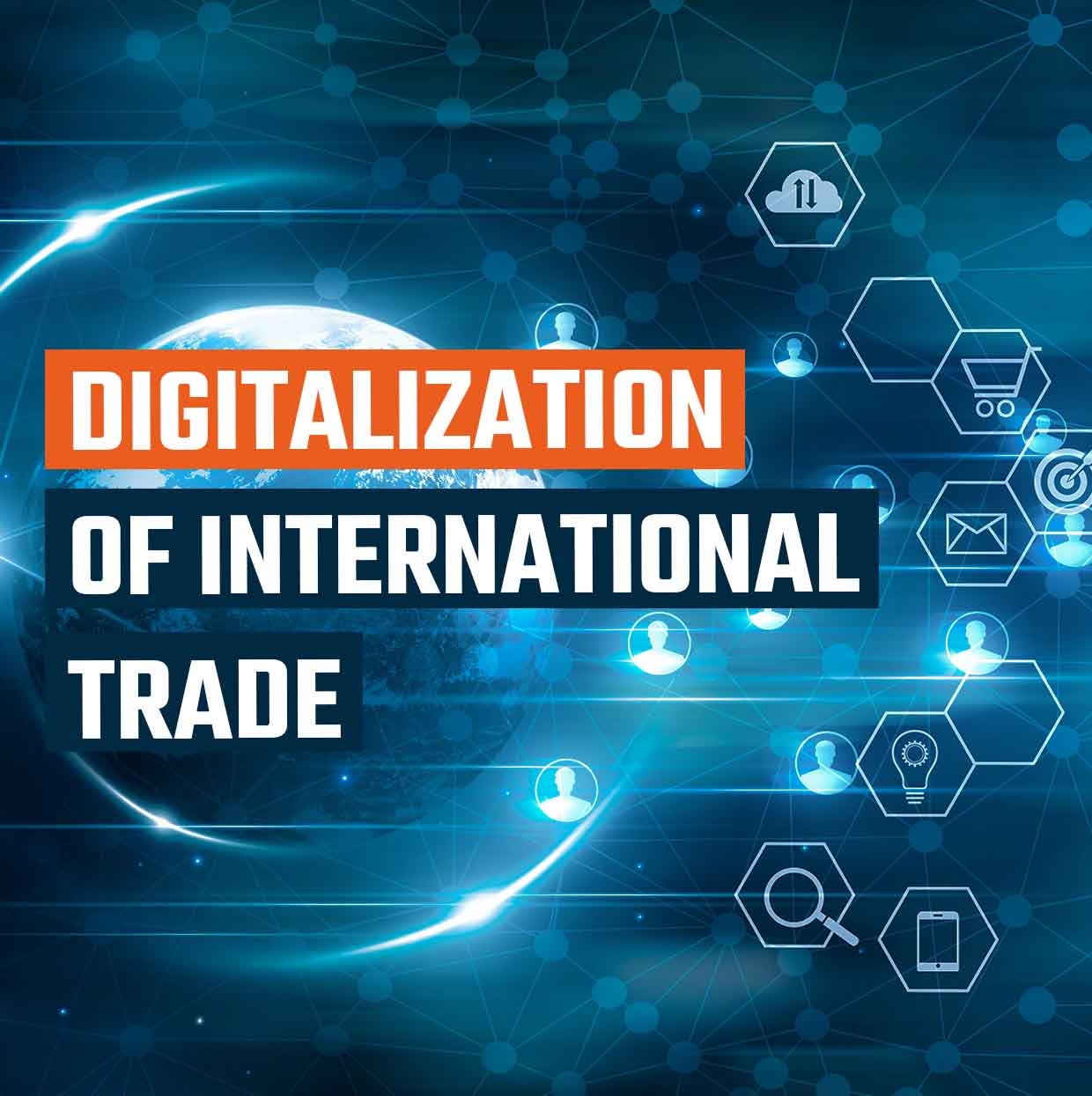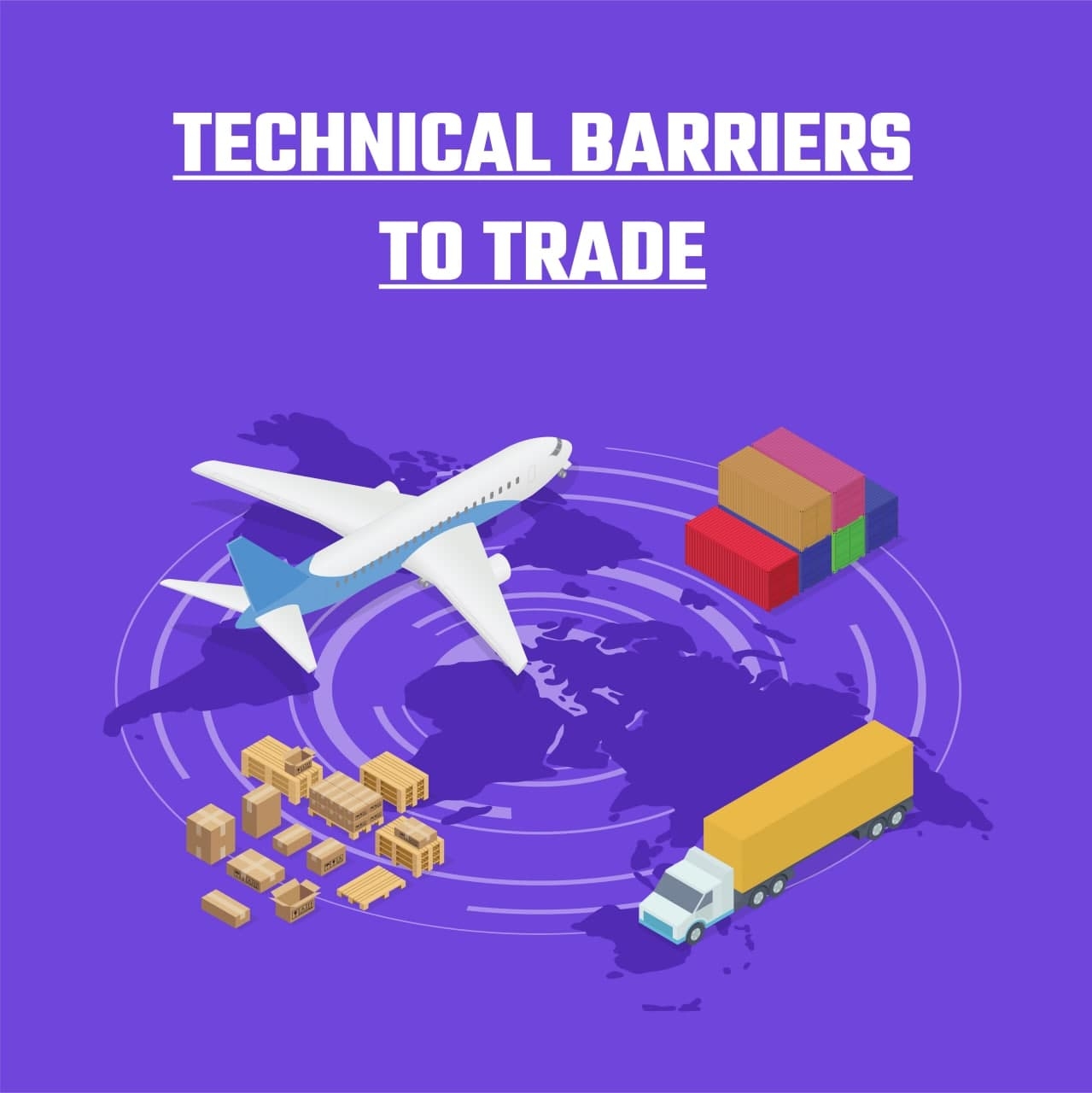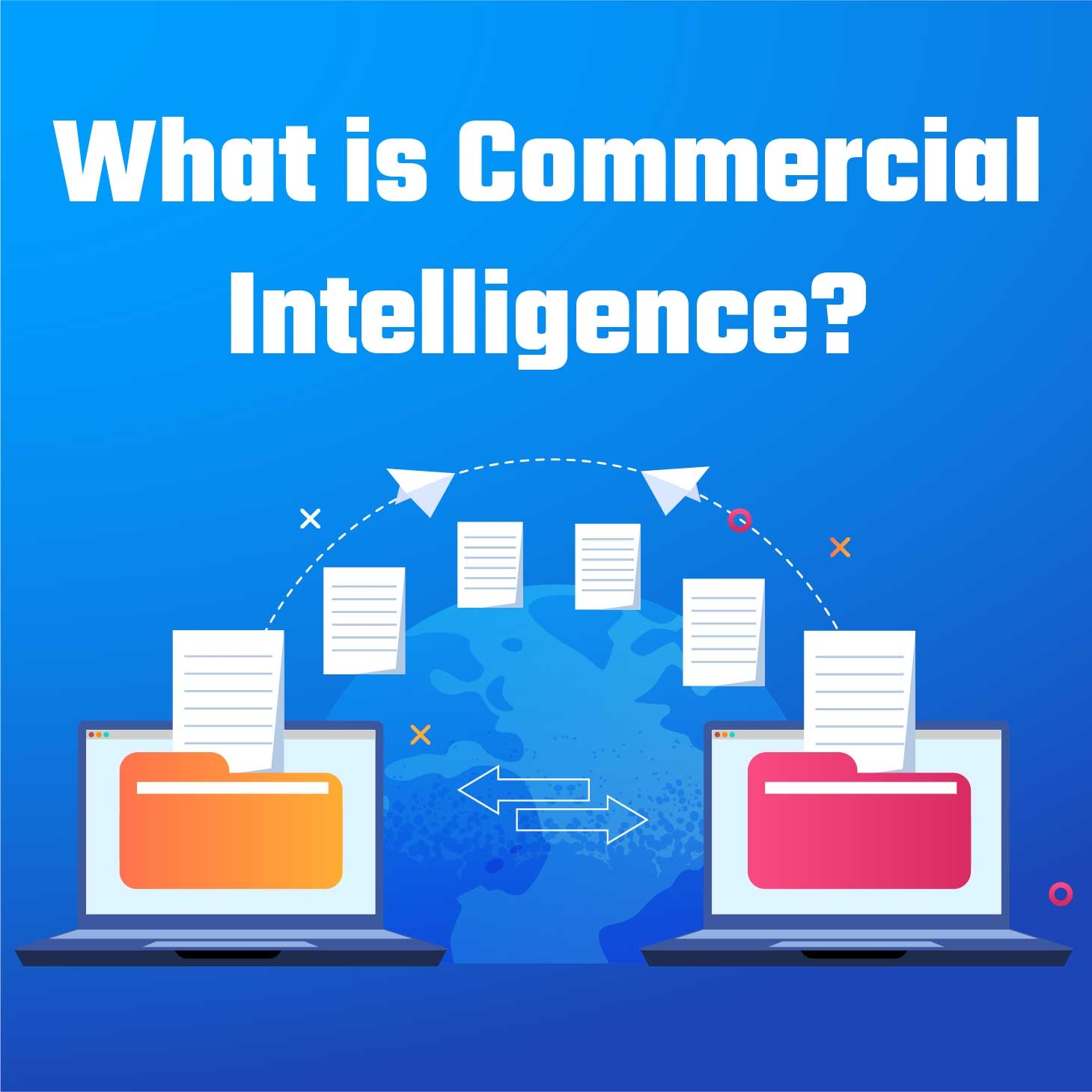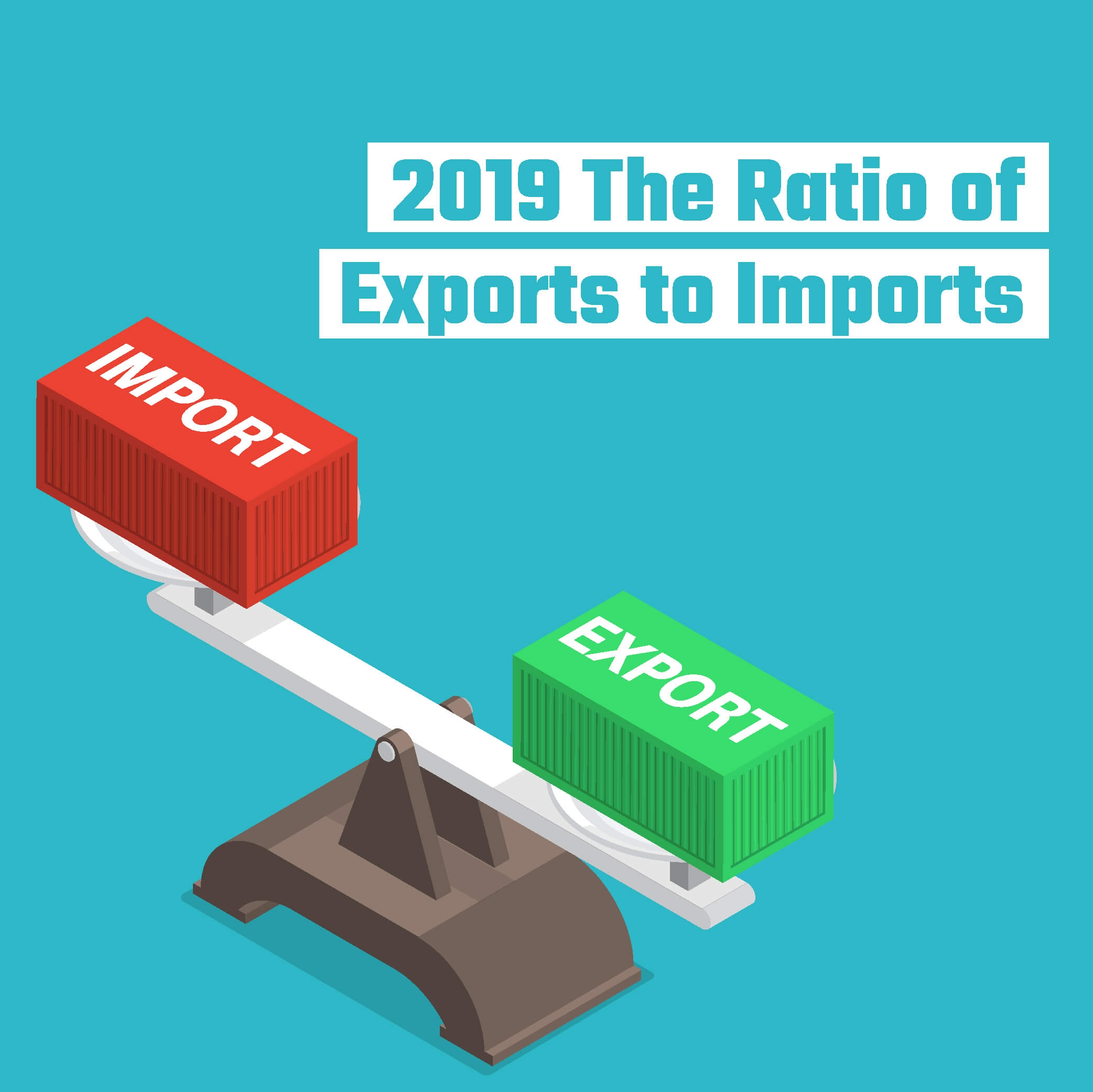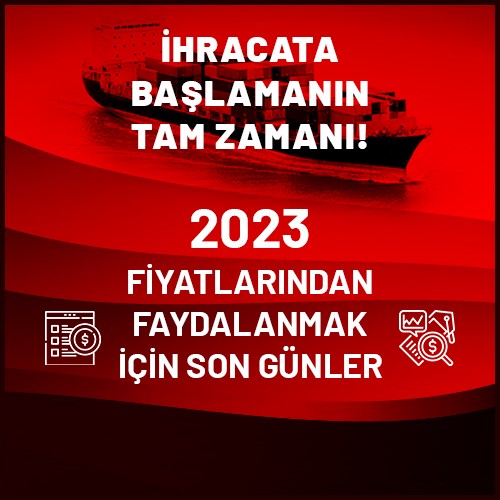Resolution of Disputes in International Trade and
Arbitration
It
is very important to arrange contracts properly in international trade. In
commercial relations, even if the parties make every effort and act
meticulously to fulfill their commitments, it is inevitable that disputes will
arise due to various reasons. These reasons may arise from the faults of the
parties, as well as outside the control of the parties, such as customs
procedures, labor laws and practices, translation errors or deficiencies.
Although it is essential to resolve the problems between the parties, it is
possible to resolve them with outside assistance. In order to resolve disputes
quickly and cost-effectively, some solutions are suggested. These solutions are
as follows;
1.Negotiation
Negotiation
is the least formal of the ways to resolve disputes. The negotiation method is
a voluntary method, and it may also have some legal consequences. Negotiations
are carried out when the parties decide to resolve the dispute themselves.
Although it is not mandatory to have a lawyer or representative in
negotiations, it is very useful to have them.
2.Mediation
The
most common amicable resolution of disputes is mediation. Unlike negotiation,
mediation uses a neutral third party to assist the parties in reaching an
agreement. The purpose of mediation is to reach an agreement that the parties
can mutually agree to. The mediator agreed by the parties should first explain
the procedure to be followed, emphasizing that he/she is an impartial person.
Then, he/she should get information from the parties, determine the issues that
form the basis of the dispute, listen to the parties and ask questions, observe
them and discuss the solution options with the parties and encourage them to
come to an agreement. If the negotiations are successful, the mediator should
assist the parties in drafting the agreement that will resolve the dispute. A
properly prepared agreement will have resolved the dispute, as it can be
enforced when necessary. In addition, notary publics participating in the
documentation process can be used as mediators in the resolution of disputes.
The independent and impartial position of notaries will enable them to gain the
trust of the parties, if they are appointed as mediators, so that dispute
resolution negotiations will take place in a more moderate and productive
environment.
3.Litigation
The
most familiar type of dispute resolution, civil litigation typically involves a
defendant facing off against a plaintiff before either a judge or a judge and
jury.
The
judge or the jury is responsible for weighing the evidence and making a ruling.
The information conveyed in hearings and trials usually enters, and stays on
the public record.
Lawyers
typically dominate litigation, which often ends in a settlement agreement
during the pretrial period of discovery and preparation.
Arbitration
Arbitration
is the most common solution method used for disputes in international
commercial transactions. Arbitration is the agreement between the two parties
who have fallen into dispute, leaving the resolution of this dispute to private
individuals, and the dispute being examined and resolved by these persons.
These special persons, whose resolution of the dispute is left to them, are called
"arbitrators". Arbitrators have no official capacity to resolve the
dispute submitted to them. However, by transferring the resolution of the
dispute to them, the parties consent to the decision of the arbitrators. In
this way, the arbitrators become a court in terms of the case they are dealing
with. For this reason, arbitration is also called an “arbitral tribunal”.
If
the parties consider resorting to arbitration in international commercial
disputes, they must first choose one of the two ways of arbitration. These are
ad hoc arbitration or institutional arbitration.
Ad
Hoc Arbitration: It is a type of arbitration where an institution is
not involved, and the transaction is organized by the parties. The parties
determine the basis of arbitration, including the selection of arbitrators,
applicable law, determination of the arbitration rules, and the powers of the
arbitrators. This type of arbitration gives the parties complete freedom to
determine the appropriate procedures to resolve the dispute.
Provided
the parties approach the arbitration with cooperation, ad hoc proceedings have
the potential to be more flexible, faster and cheaper than institutional
proceedings. The absence of administrative fees alone provides an excellent
incentive to use the ad hoc procedure.
Ad
hoc proceedings need not be kept entirely separate from institutional
arbitration. Often, appointing a qualified arbitrator can lead to the parties
agreeing to designate an institutional provider as the appointing authority.
Additionally, the parties may decide to engage an institutional provider to
administer the arbitration at any time.
Institutional
Arbitration: An institutional arbitration is one in which a
specialized institution intervenes and takes on the role of administering the
arbitration process. Each institution has its own set of rules which provide a
framework for the arbitration, and its own form of administration to assist in
the process.
Often
the contract between two parties will contain an arbitration clause which will
designate a particular institution as the arbitration administrator. If
institutional administrative charges are not a concern for the parties, this
approach is usually preferred to less formal 'ad hoc' methods of arbitration.
The
parties' choice of arbitration in the resolution of commercial disputes
provides the following benefits.
1. While
it may take many years for a case to be concluded in the general jurisdiction,
disputes can be resolved in a much shorter time through arbitration.
2. Arbitration
provides absolute privacy to the parties as correspondence and hearings in
arbitration are not public and decisions are not announced unless expressly
approved by the parties.
3. International
commercial disputes are generally very complex issues and require specific
knowledge and expertise. For this reason, the parties want their disputes to be
resolved by arbitrators who are experts in the relevant fields.
4. Considering
the fact that the cases involving money claims last for years in general courts
and the depreciation of the money is taken into account, it can be said that
the arbitration is less costly because it is concluded in a short time.
It is very easy to reach importers and exporters
all over the world directly with TradeAtlas! TradeAtlas is a global importer
and exporter search engine that contains 1.8 billion bills of lading and
shipment details data of 20 million importer companies in more than 230
countries around the world. TradeAtlas is with you to accompany you in taking
steps towards becoming a more important part of global trade! To become part of
the global ecosystem, you can register and search for free by clicking here.






